What would it be like to experience life as both a dwarf and a giant? This might sound impossible, but for Adam Rainer, it was his reality. He was the only person in recorded history who started life as a dwarf and ended it as a giant.
Standing out from the crowd can be challenging, whether you’re much shorter or taller than average. Finding clothes, shoes, or even furniture that fits properly can be a constant struggle.
Health issues are often a part of the package, too, not to mention the psychological impact of being so different from everyone else.
But Adam Rainer’s story is truly unique. He didn’t just experience the difficulties of being either very short or exceptionally tall—he lived through both. His life is a remarkable journey from one extreme to the other.
Adam Rainer’s Early Life

Adam Rainer was born in 1899 in Graz, a bustling city in southern Austria. Unlike most children, Adam’s growth was noticeably slow. By the time he turned 15, he stood less than 4 feet 6 inches tall.
However, there was something peculiar about his appearance—his hands and feet were disproportionately large for his small frame. Remarkably, he wore a size 10 shoe, which was quite unusual given his height.
In 1914, as World War I erupted and Austria-Hungary found itself allied with Germany, Adam, like many young men of his age, aspired to join the military.
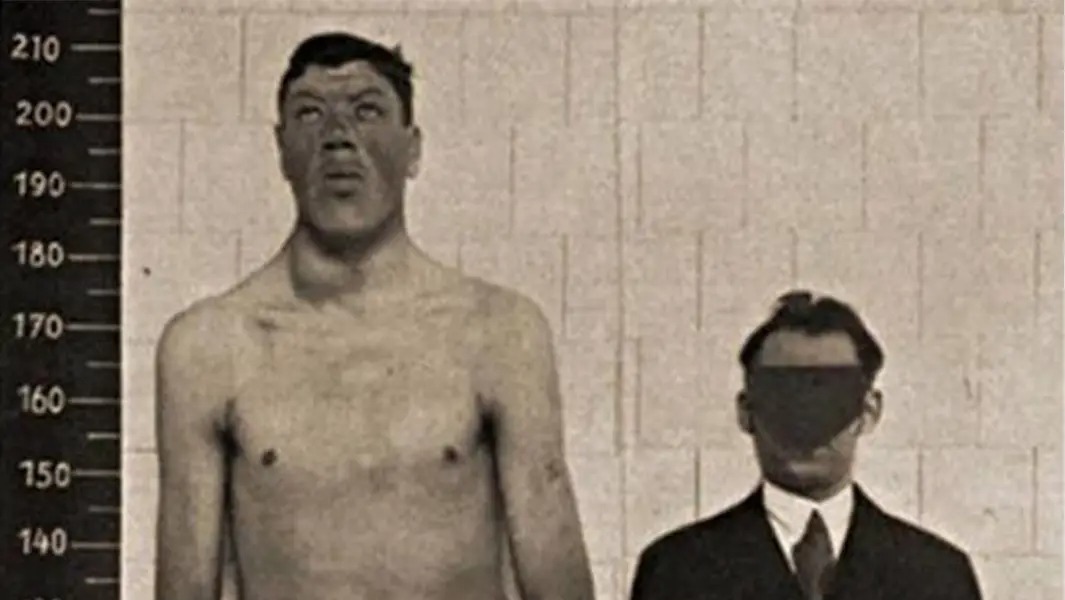
However, the Austro-Hungarian army required recruits to be at least 4 feet 10 inches tall, and Adam, who was over four inches too short, was turned away. A year later, he tried again. Sadly, he was still two inches shy and rejected once more.
When the war ended in 1918 and the Austro-Hungarian Empire dissolved, Austria emerged as an independent nation. Amid these sweeping changes, Adam’s life remained relatively unchanged.
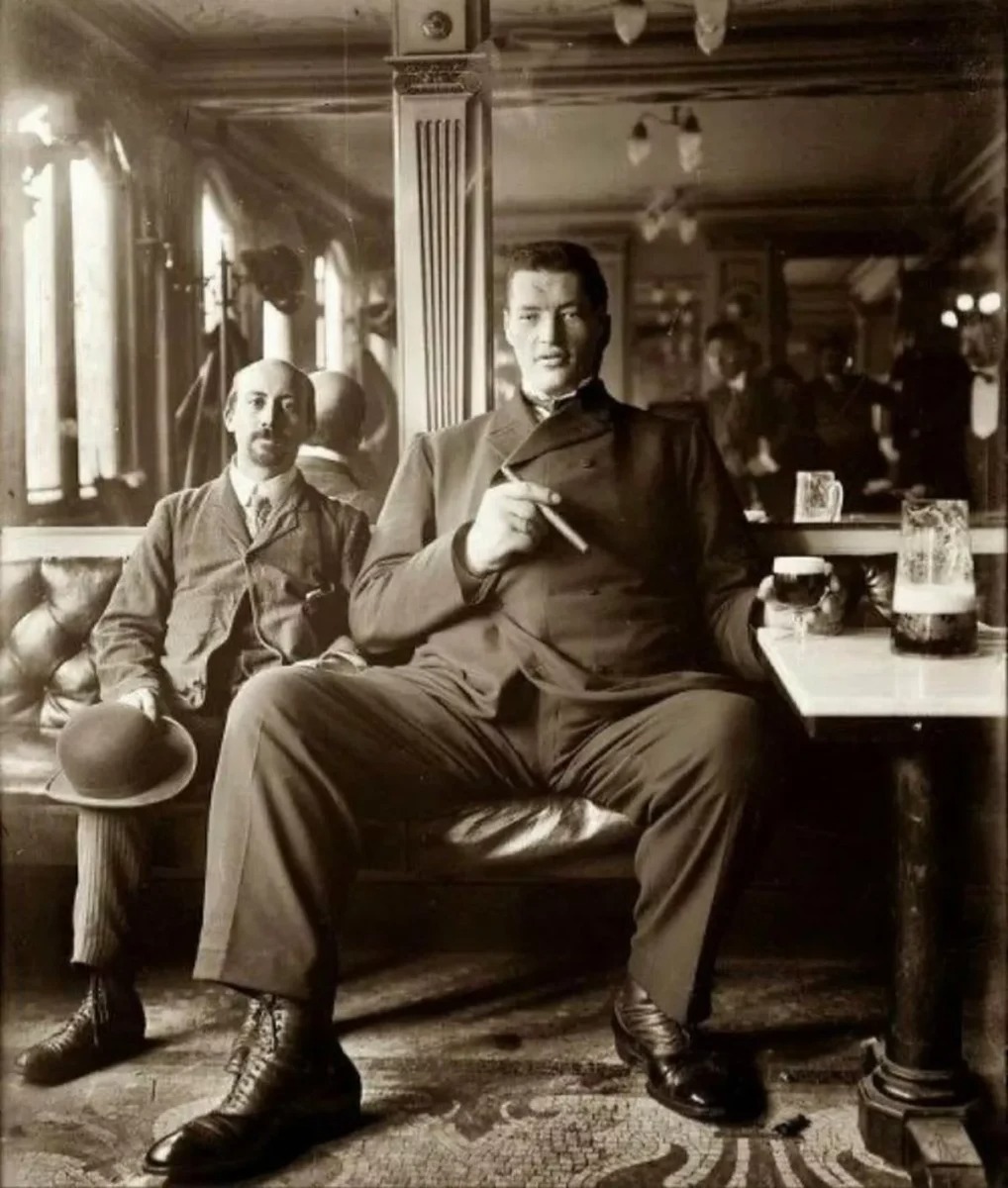
By 1920, at the age of 21, a health check confirmed that he was still well below average height and noticeably thin. It seemed Adam was destined to live his life as a dwarf.
But then, something extraordinary began to unfold. Between 1920 and 1930, Adam experienced a dramatic and unusual change that would make his story truly remarkable.
An Astonishing Decade Of Sudden Growth
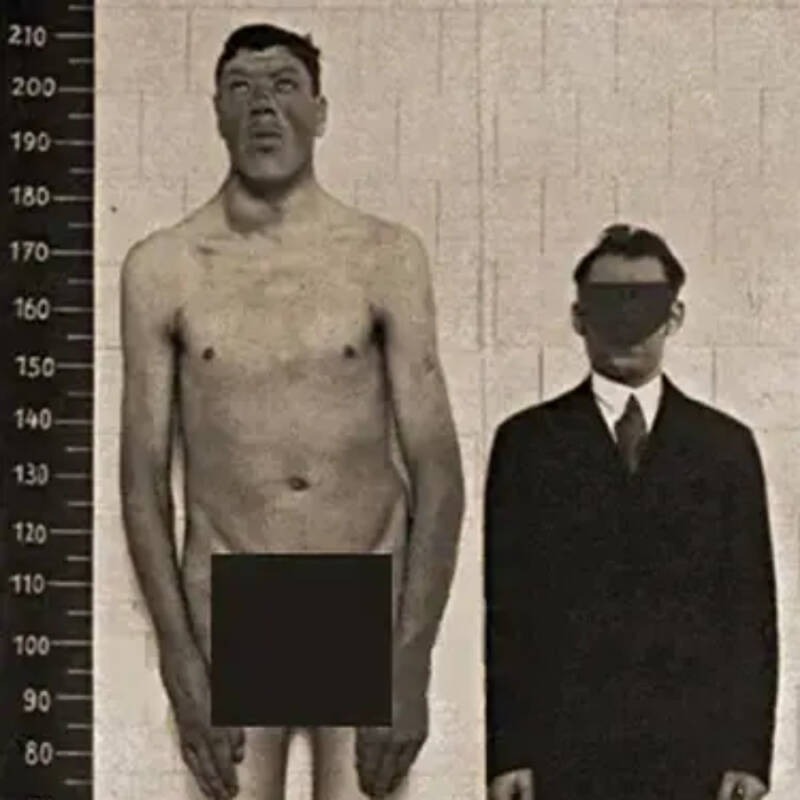
The first sign that something unusual was happening to Adam Rainer came shortly after his 21st birthday. Suddenly, he found himself needing larger shoes and hats.
By the time he was 23, Adam required a size 20 shoe—a size so rare that it was nearly impossible to find. But it wasn’t just his feet and head that were growing; soon, his entire body began to undergo an extraordinary transformation.
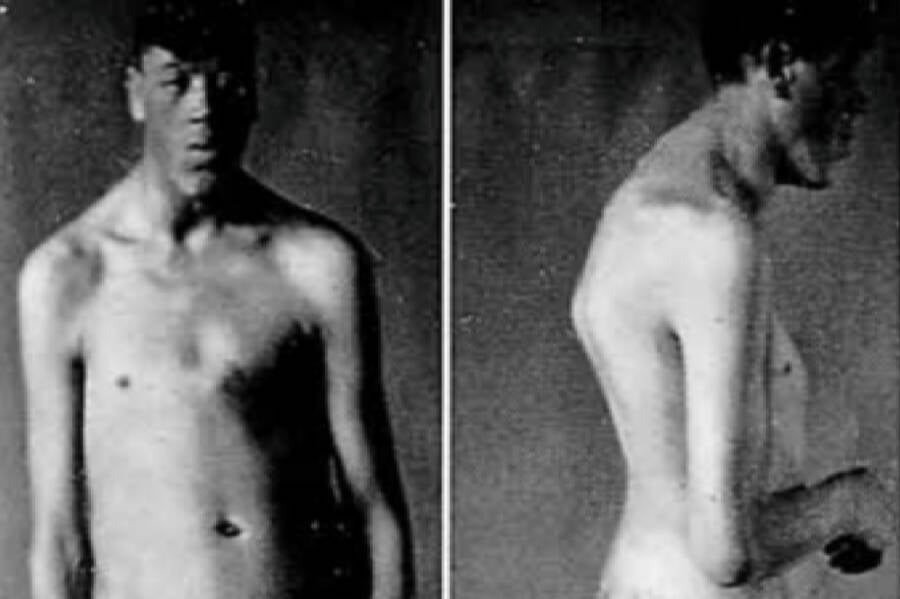
By 1930, Adam had reached a height of 7 feet 1 inch, officially making him a giant. What astonished doctors even more was that Adam’s growth showed no signs of stopping.
Two Austrian doctors, Dr. A. Mandl, and Dr. F. Windholz, examined him in 1930 to uncover the cause of his sudden and extreme growth spurt.
Their diagnosis was acromegaly, a rare condition caused by a defect in the pituitary gland, the small gland beneath the brain responsible for producing growth hormones. The most common cause of acromegaly is an adenoma, a non-cancerous tumor on the gland.
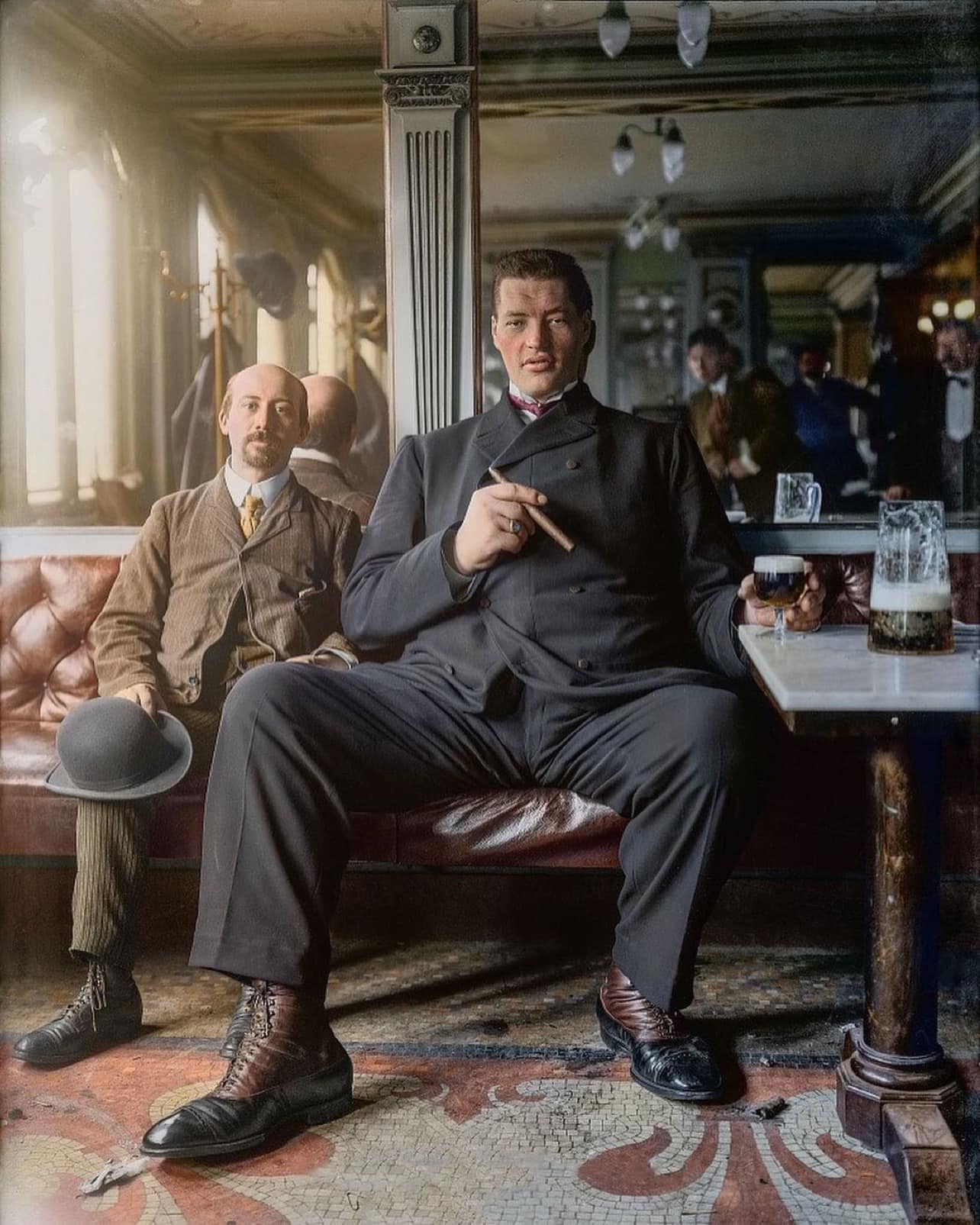
The doctors were concerned that if Adam’s growth continued unchecked, his life could be in danger. They decided that surgery was necessary to remove the tumor.
Surgery in the 1930s was fraught with risks, especially since antibiotics were not yet widely available. Moreover, removing a tiny tumor from such a small gland was considered nearly impossible by many medical experts.
Despite the challenges, Dr. Oscar Hirsch, a Viennese doctor who specialized in pituitary gland surgery, agreed to perform the operation in December 1930.
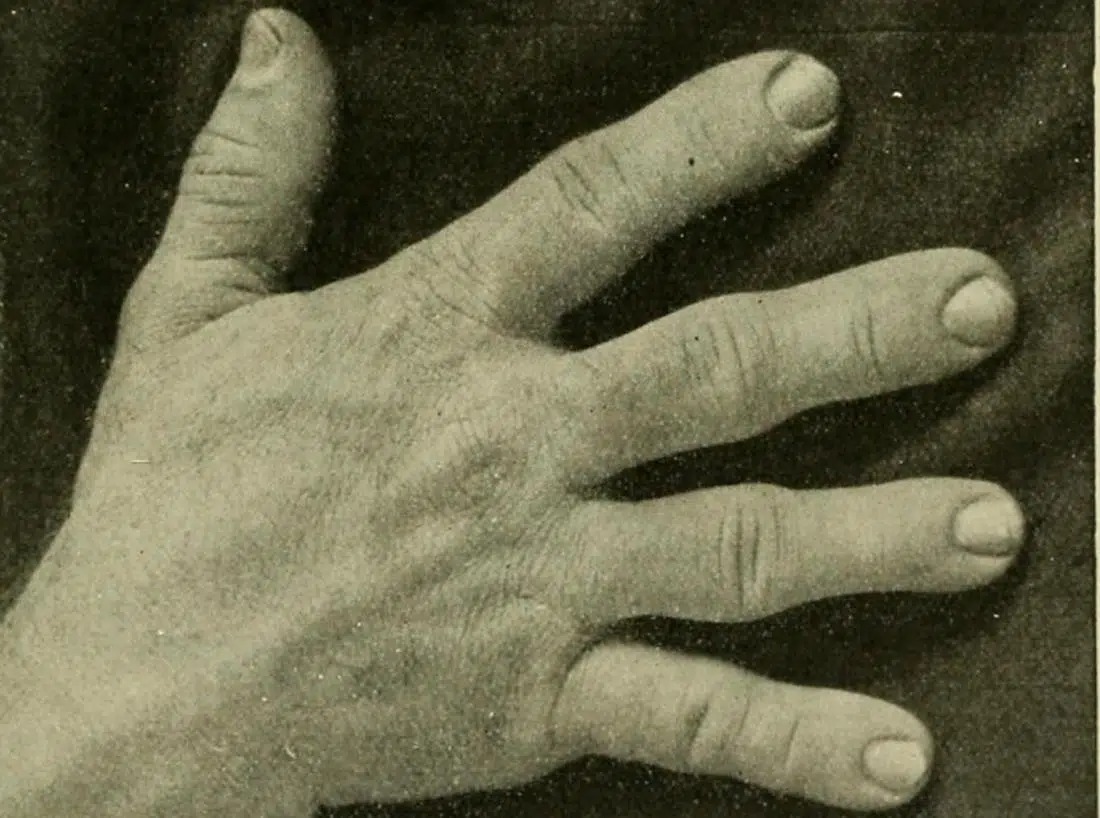
To the surprise of many, the surgery was a success. Not only did Adam survive the operation, but the tumor was also successfully removed. Finally, his incredible rate of growth slowed.
Although the surgery didn’t stop Adam from growing entirely—by 1950, he had reached 7 feet 8 inches—it did significantly slow the pace, and he could live a longer life than many had expected.
The Health Challenges

Acromegaly is a condition that often brings with it a host of health challenges, including diabetes, heart problems, and arthritis. It also causes distinct physical changes, such as an elongated forehead, a prominent jaw, and widely spaced teeth.
This condition has affected some well-known figures, like wrestler and actor Andre the Giant, famous for his role as Fezzik in “The Princess Bride” (1987), and actor Fred Gwynne, who portrayed Herman Munster in the popular television show “The Munsters (1964–1966).
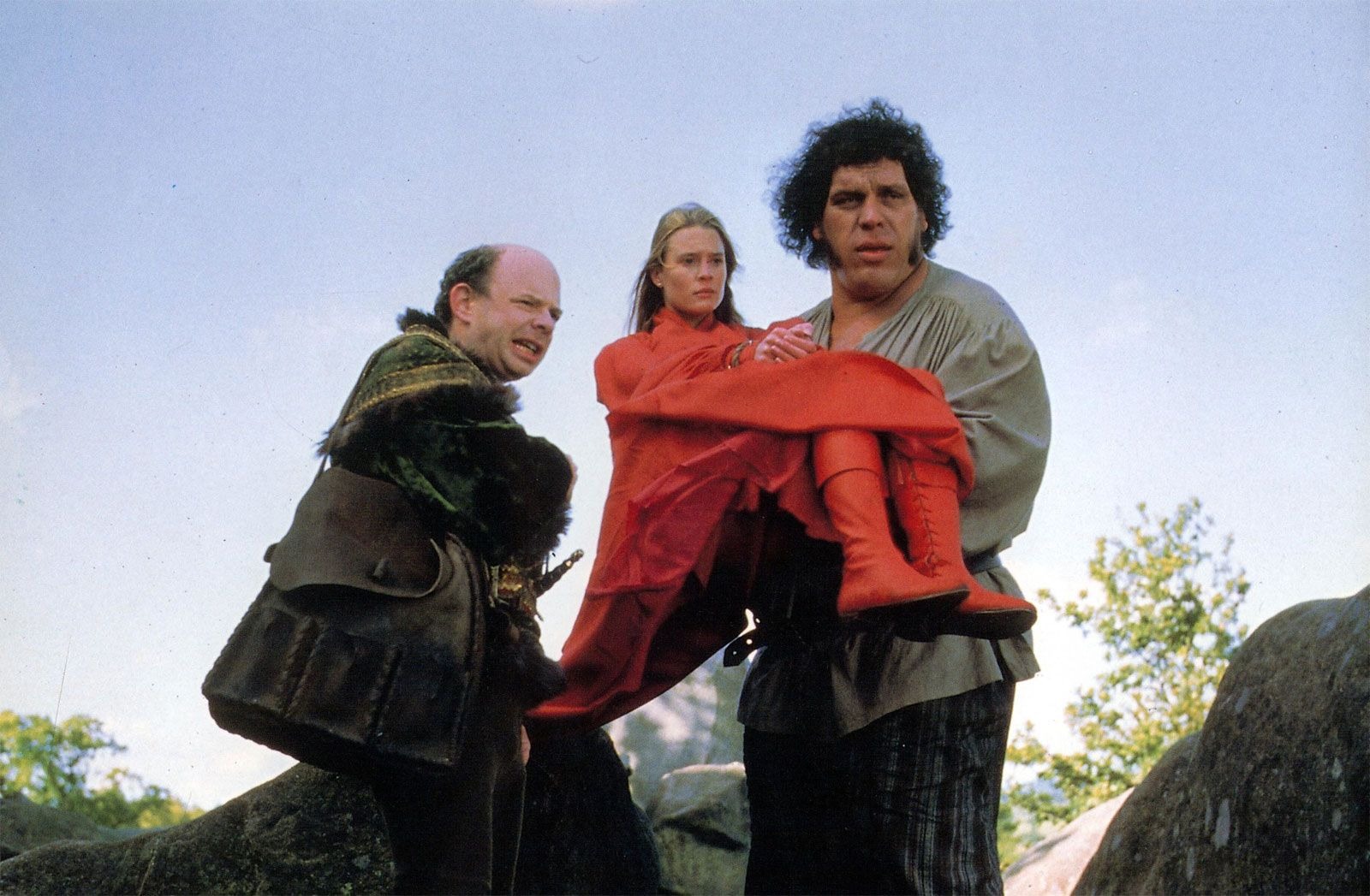
Adam Rainer’s health issues began to surface around the age of 25. His first major problem was the loss of hearing in one ear. However, a more serious complication soon followed—a curvature of the spine, which became evident by the time he was 30.
His rapid and unusual growth had caused his spine to twist, and even after his 1930 surgery, the condition worsened, albeit at a slower pace.
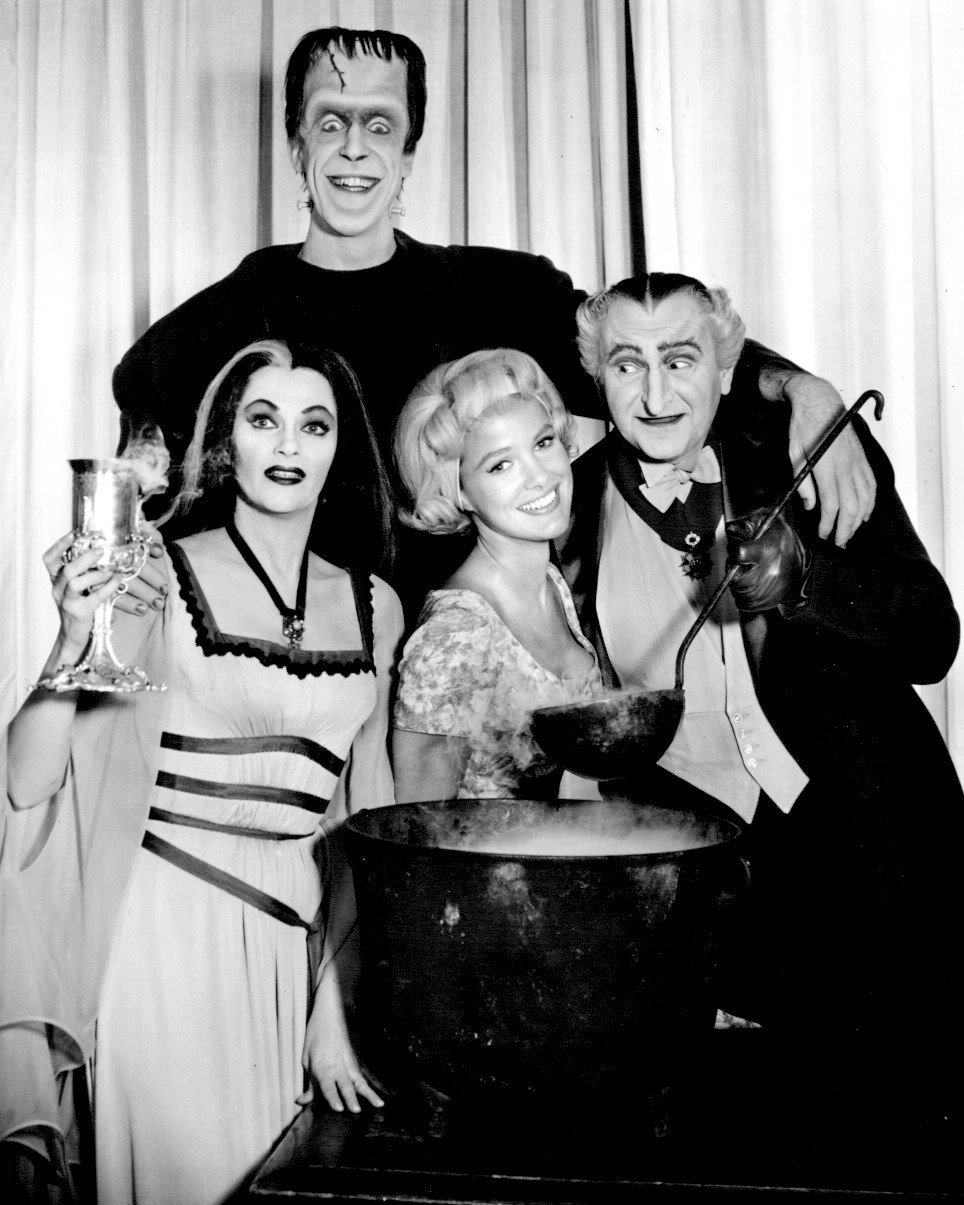
By the 1940s, Adam had lost sight in his right eye. Yet, Adam was not completely incapacitated. Much of what we know about his later life comes from a 1961 report by Dr. Oscar Hirsch, the same doctor who performed his surgery.
According to Hirsch, after the successful removal of the adenoma, Adam moved to the quiet town of Rottenmann in southern Austria. There, despite his health struggles, he managed to live on his own.
His Later Years

After World War II ended in 1945, Adam Rainer lived in a “Home for the Aged” in Rottenmann. While Adam was clumsy, he could still care for himself. Even more remarkably, he was known for his kindness toward other residents in the home.
In February 1950, Adam’s health took a turn for the worse when he was admitted to the hospital with a perforated intestine that had led to peritonitis. Although he survived the surgery, his body could no longer endure, and he passed away shortly after at the age of 51.

How Adam felt about his extraordinary transformation—from a dwarf to a giant—is something we will never fully understand. However, those who knew him described him as a gentle and kind man, showing no bitterness about his unusual circumstances.
It’s not surprising that Adam’s story remained largely untold, given the tumultuous times in which he lived. Austria, once part of the powerful Austro-Hungarian Empire, was left grappling with its identity after the empire’s collapse following World War I.
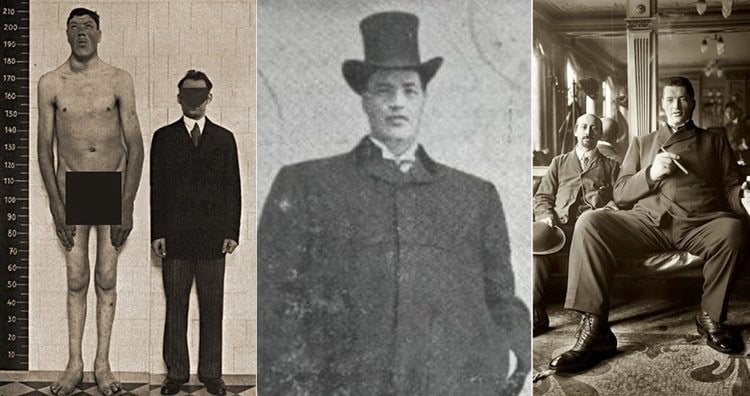
The country faced further turmoil when it was annexed by Nazi Germany in 1938 and then left in ruins by the end of World War II, occupied by Allied forces. In such a period of upheaval and disaster, the tale of one man’s unusual life was overshadowed.
If it weren’t for Dr. Hirsch’s 1961 report, Adam Rainer’s incredible story might have been lost to history altogether.
Dwarfism And Acromegaly
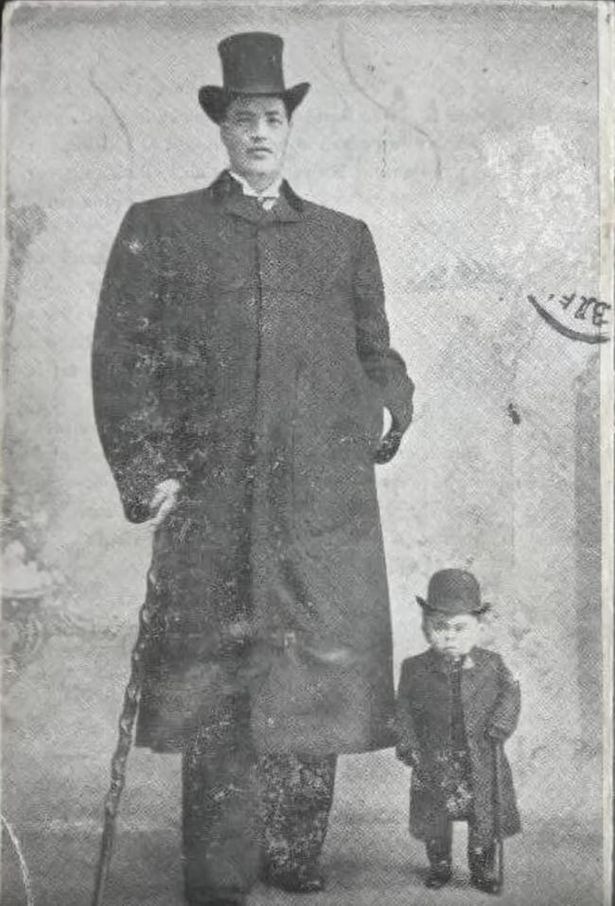
Dwarfism is most commonly associated with achondroplasia, a genetic mutation that leads to slower bone growth and shorter stature.
While achondroplasia can be inherited, it can also occur as a spontaneous mutation, as was the case with Adam Rainer, whose parents were of average height. This condition is quite rare, affecting about one in every 20,000 people.
Adam Rainer later developed an even rarer condition called “acromegaly,” a condition unrelated to his dwarfism.
Acromegaly, caused by an overproduction of growth hormone due to a pituitary gland tumor, led Adam to experience a dramatic and unprecedented growth spurt in his twenties.
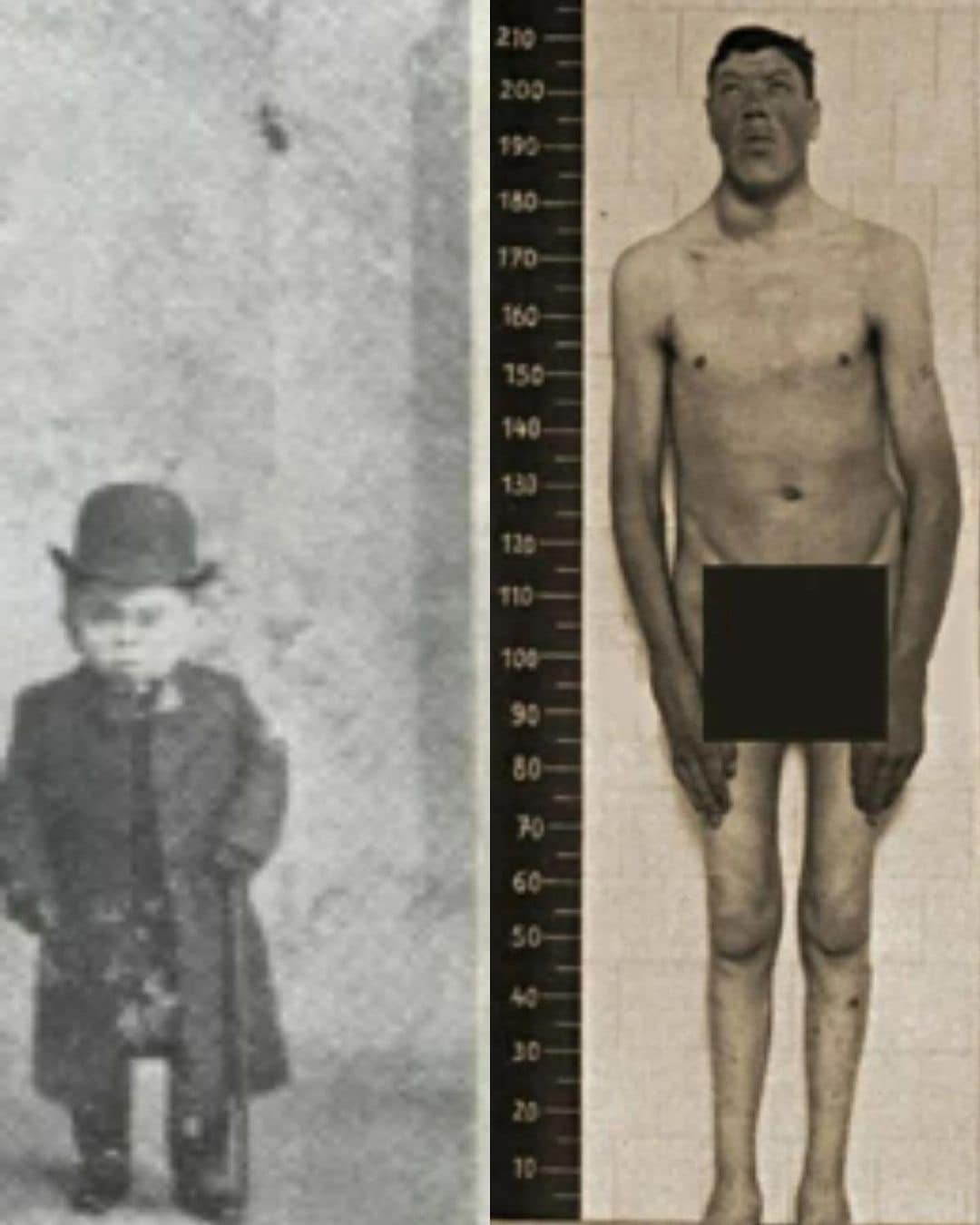
The odds of one person developing both of these rare conditions in a single lifetime are incredibly slim, yet that is precisely what happened to Adam Rainer. At 20 years old, he was considered a dwarf; just a decade later, he had grown into a giant.
While either condition alone is rare and challenging, experiencing both is truly extraordinary. Adam Rainer remains the only person in recorded history to have lived through such a remarkable and unique transformation.


